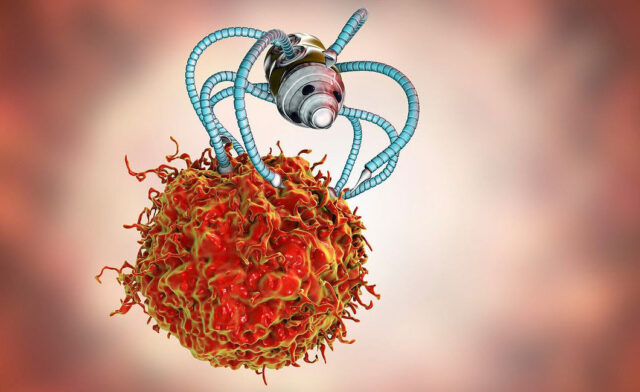NanoWarriors: Exploring the World of Nanorobotics

About Course
Step into the microscopic frontier of science and innovation with “NanoWarriors: Exploring the World of Nanorobotics.” This course takes you on a thrilling journey through the fascinating world of nanorobots—machines so small they can travel through the human bloodstream, assemble atomic-scale components, and even explore space. From foundational principles to advanced applications in medicine, military defense, environmental sustainability, and beyond, you’ll discover how nanorobotics is set to transform industries and redefine the future.
Through real-world case studies, emerging research insights, and interactive learning, students will gain a deep understanding of how nanobots are built, how they operate, and how they are being programmed to perform tasks once thought impossible. Whether you’re intrigued by AI-driven medical nanobots or curious about swarms of microscopic drones conducting reconnaissance missions, this course reveals how science fiction is rapidly becoming science fact.
Course Content
Introduction
The emergence of nanorobotics and its impact on various fields
00:00Overview of the ebook’s content
00:00